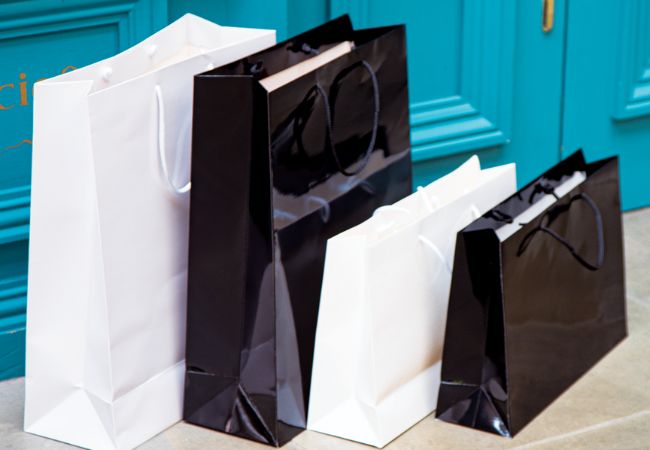In luxury packaging, the terms ‘matt’ and ‘gloss’ refer to the finish of the surface. A ‘matt’ finish is a non-reflective surface with a dull appearance, while a ‘gloss’ finish is a highly reflective surface with a shiny appearance.
From a luxury brand’s perspective, the choice between a matt or gloss finish for their packaging can greatly impact the overall look and feel of the product. A matt finish is often seen as more understated, sophisticated, and elegant, making it a popular choice for high-end beauty and skincare products, as well as premium spirits and gourmet foods.
On the other hand, a gloss finish is more eye-catching and vibrant, making it a popular choice for high-end electronics, premium confectionary and exclusive luxury products. The reflective surface creates an illusion of depth and volume, adding a touch of glamour and luxury to the product.
In addition to aesthetics, the choice between a matt or gloss finish can also have practical implications for the product. A matt finish is often more resistant to fingerprints and scratches, making it a more durable choice for products that will be handled frequently. A gloss finish, on the other hand, is easier to clean and maintain, making it a better choice for products that will be displayed prominently.
It’s important to note that both matt and gloss finishes have their own unique characteristics and can be combined in a single packaging design for added interest and dimension.
A good example of a ‘gloss’ or ‘matt’ finished bag that is used in luxury packaging is boutique bags. These bags are strong, sturdy and can carry heavy items. Unlike other types of retail bags, they have a soft-rope handle so that your customers can carry their bags with ease.
In conclusion, the choice between a matt or gloss finish in luxury packaging is a crucial decision that can greatly impact the overall look and feel of the product. Both finishes have their own unique qualities and can be combined in a single design for added interest and dimension. Ultimately, the decision will depend on the brand’s desired aesthetic, target audience and intended use for the product.


